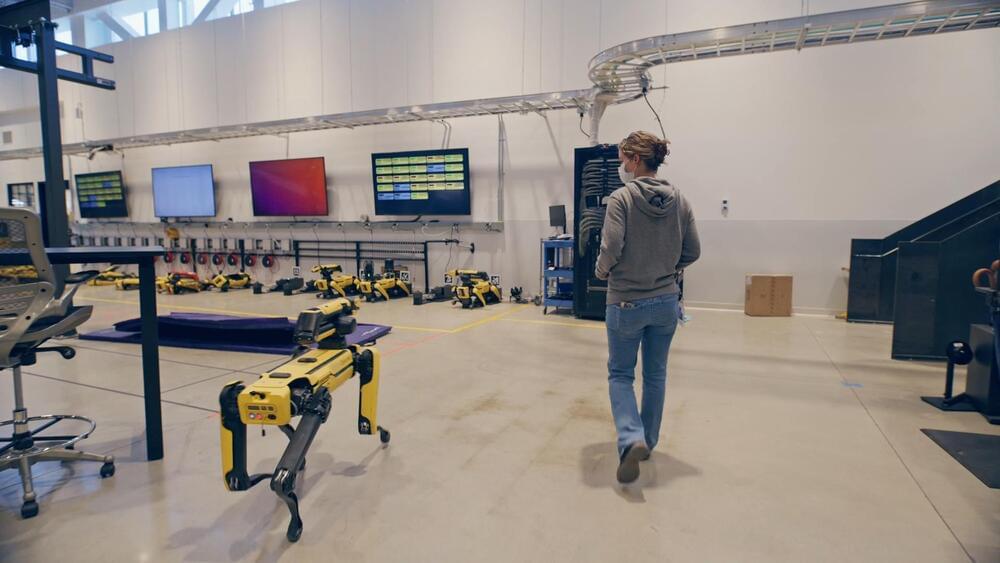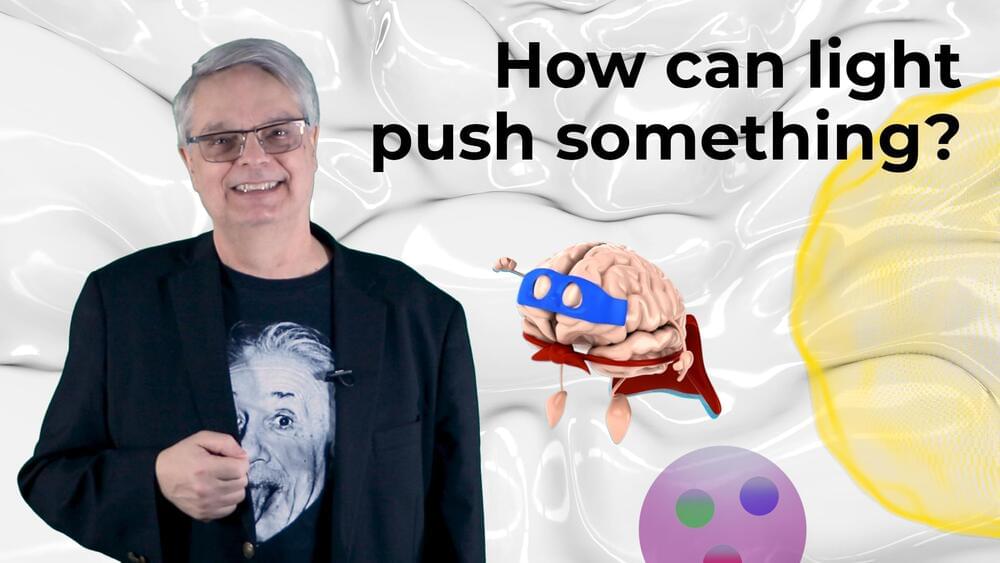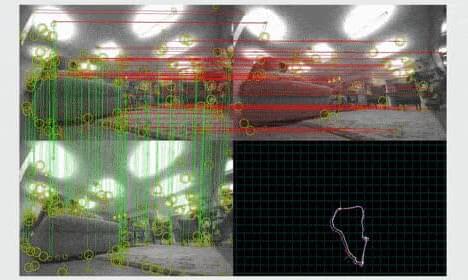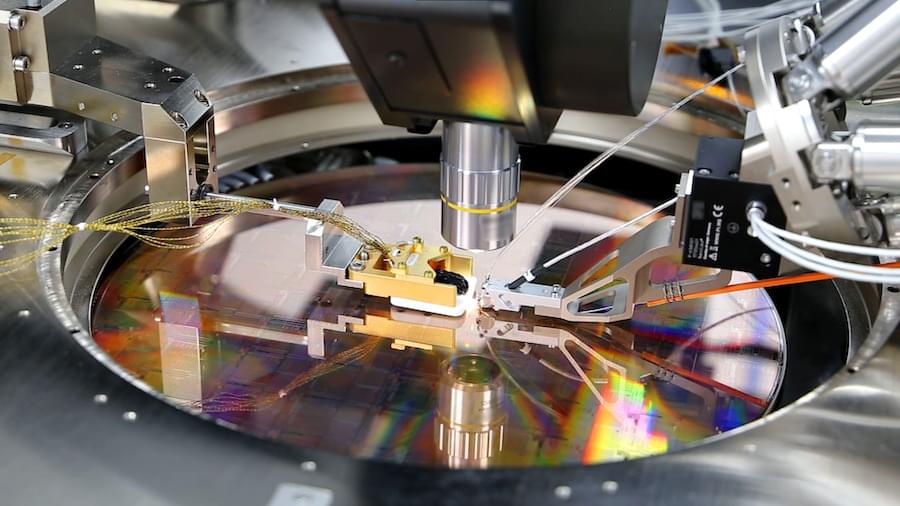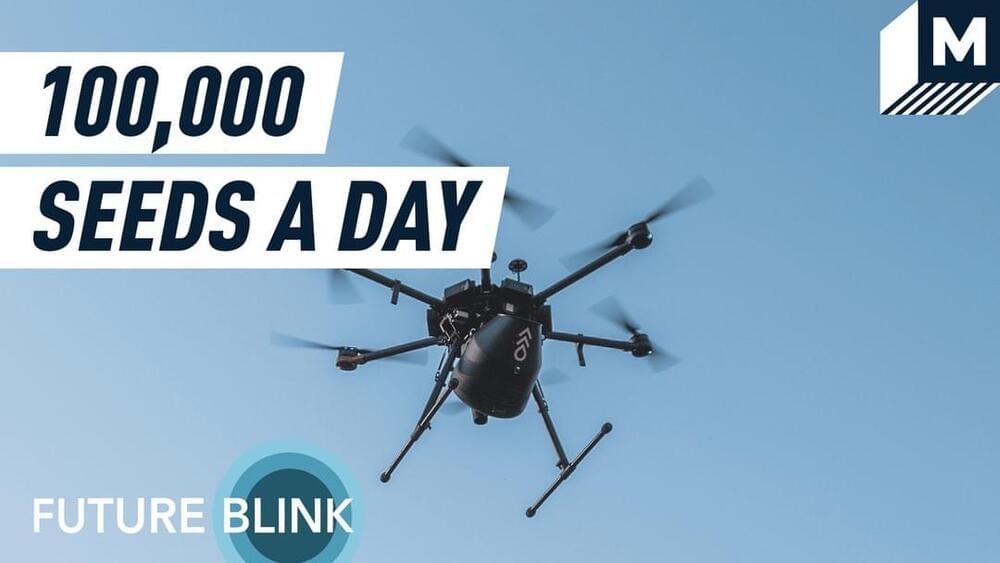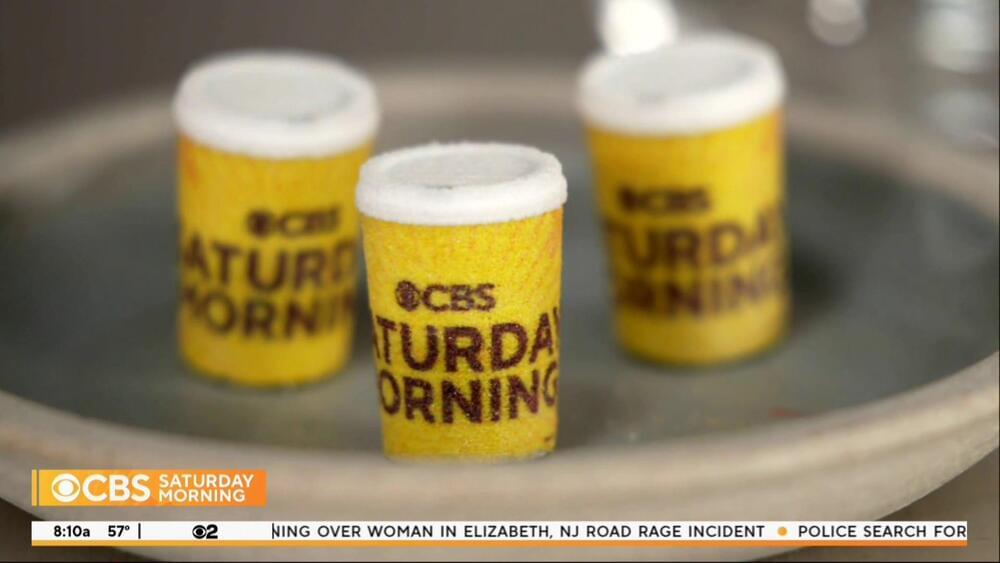If you enjoy building things
Posted in robotics/AI
fixing things, and being creative in the sense of making something new, that’s very much a robotics mind set. — Electrical Engineer Cassie answers your questions about making, using, and imagining robots.
Have a question for our team? Let us know in the comments using #AskARoboticist.
Click on photo to start video.
to adapt to constant changes in customers’ homes, Astro uses a deep-learning model to produce invariant representations of visual data, estimates sensor reliability to guide the fusion of sensor data, and prunes and compresses map representations: https://amzn.to/36qQUZo
A new deep learning algorithm is able to quantify arousal and awareness in humans at the same time.
#consc… See more.
Summary: A new deep learning algorithm is able to quantify arousal and awareness in humans at the same time.
Source: CORDIS
PsiQuantum, founded in 2016 by four researchers with roots at Bristol University, Stanford University, and York University, is one of a few quantum computing startups that’s kept a moderately low PR profile. (That’s if you disregard the roughly $700 million in funding it has attracted.) The main reason is PsiQuantum has eschewed the clamorous public chase for NISQ (near-term intermediate scale quantum) computers and set out to develop a million-qubit system the company says will deliver big gains on big problems as soon as it arrives.
When will that be?
PsiQuantum says it will have all the manufacturing processes in place “by the middle of the decade” and it’s working closely with GlobalFoundries (GF) to turn its vision into reality. The generous size of its funding suggests many think it will succeed. PsiQuantum is betting on a photonics-based approach called fusion-based quantum computing (paper) that relies mostly on well-understood optical technology but requires extremely precise manufacturing tolerances to scale up. It also relies on managing individual photons, something that has proven difficult for others.
Click on photo to start video.
One company in California has found a new delicious way to use the technology.



